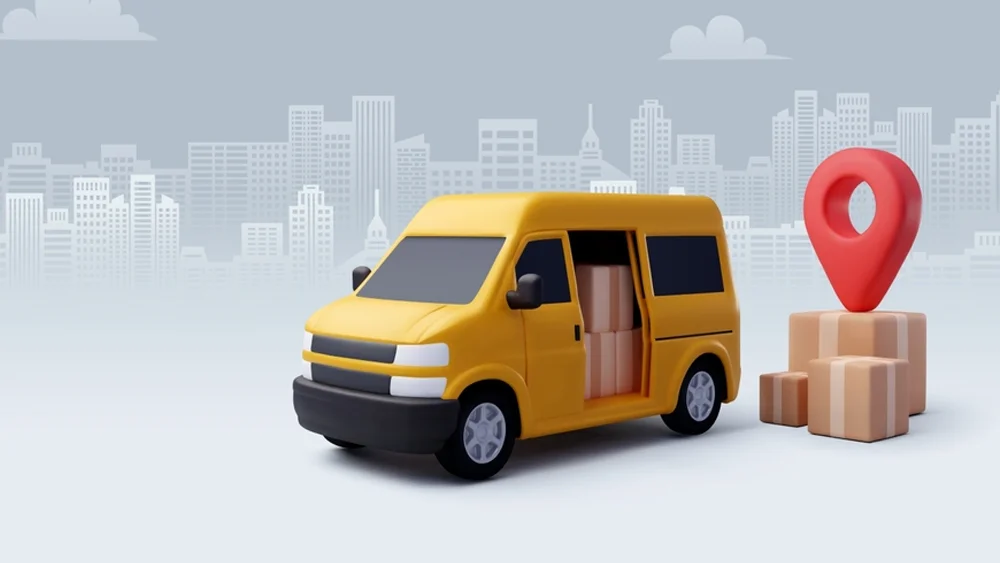Cross-border e-commerce offers some great opportunities. You can reach customers across continents. It can increase your sales, and tapping into different cultures is also a by-product of it. Despite all the advantages, there are mistakes that need to be avoided. What are these 5 typical mistakes when getting started? And how can you avoid them?
Not Using the Correct Market Expansion Strategies
When it comes to cross-border ecommerce, you should understand the cultural nuances, payment methods, and customer behavior in each target market. Tailor your offer accordingly. Have you explored all the channels? Think about diversifying your approach. Consider marketplaces, social media, and partnerships to reach a wider audience. Is your pricing strategy flexible? Consider currency fluctuations, taxes, and shipping costs. Opt for dynamic pricing models. Are you optimized for mobile? Mobile commerce is critical globally. Make sure your site and checkout process are mobile-friendly. Have you localized your content? Translate product descriptions, FAQs, and customer support materials to appeal to local audiences.
Falsely Navigating Legal and Regulatory Challenges
Are you assuming one-size-fits-all compliance? You definitely should research local laws, tax requirements, and import/export regulations. Have you overlooked data privacy regulations? Protect customer data and comply with GDPR or other relevant legislation. Is your product labeling accurate? Ensure it complies with labeling standards in each market. Are you aware of prohibited items? Avoid selling prohibited items. Do you have a return policy in place? Handle cross-border returns transparently. Remember, legal missteps can be costly—prioritize due diligence.
Choosing the Wrong E-Commerce Platform
Is your platform scalable? Prioritize growth-friendly solutions. Have you considered localization capabilities? Choose platforms that support multiple languages and currencies. Is the user experience seamless? Test navigation, checkout, and mobile responsiveness. Are integrations available? Connect to payment gateways, shipping providers, and analytics tools. Have you evaluated security measures? Protect customer information and transactions.
Logistics and Shipping Challenges
Is your delivery strategy efficient? Optimize delivery times and costs by partnering with reliable carriers. Consider expedited options for urgent orders. Have you explored fulfillment centers? Use local warehouses to reduce shipping distances. This speeds delivery and minimizes customs delays. Is tracking transparent to customers? Provide real-time updates via email or SMS. Transparency builds trust and encourages repeat business. Are customs procedures clear? Understand the import/export requirements for each market. Proper documentation prevents border hiccups. Have you accurately calculated shipping costs? Consider weight, dimensions, and destination. Unexpected costs can put off potential buyers. Remember, smooth logistics increase customer satisfaction.
Neglecting To Optimize The User Experience
Is your website intuitive? Evaluate the user interface—layout, colors, fonts, and images. Make sure they match your brand identity. Check the navigation and accessibility—are the menus intuitive? Are all elements easy to reach? Simplify the checkout process for frictionless transactions. Remember, a seamless user experience drives conversions.




